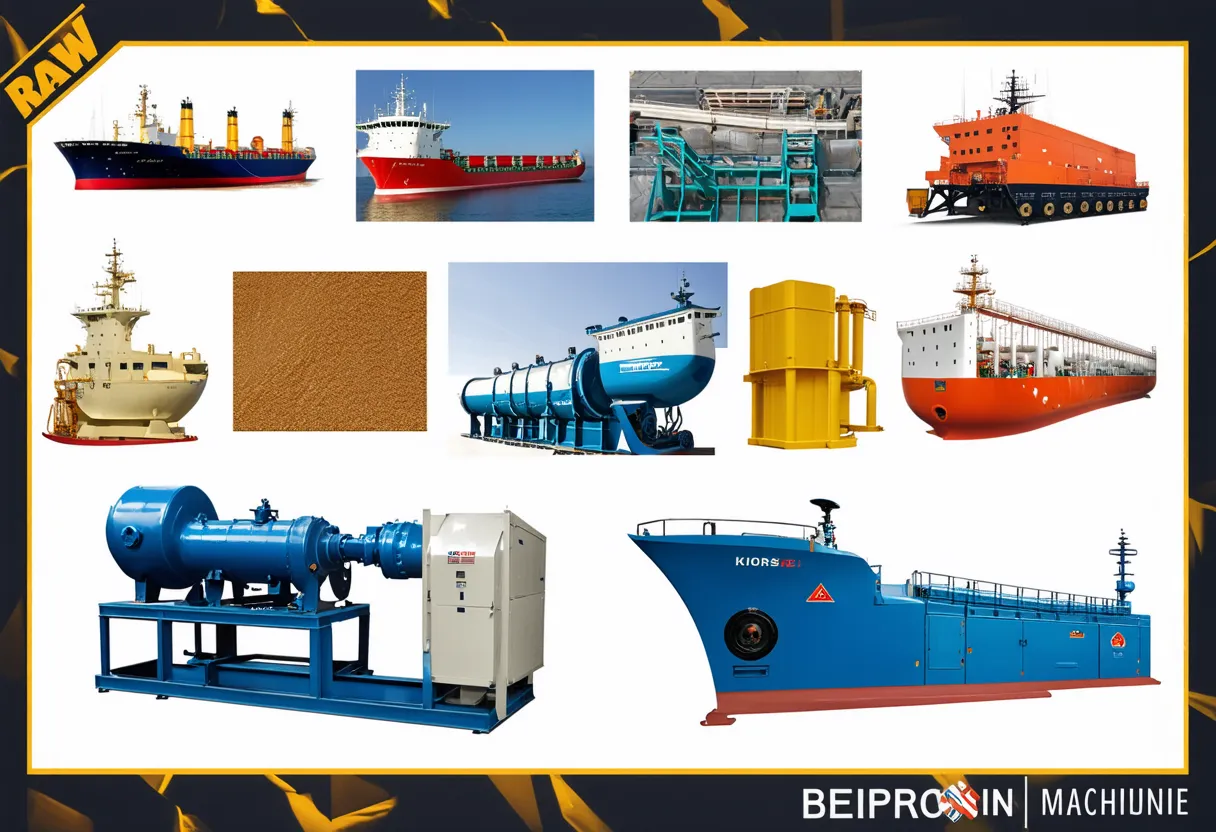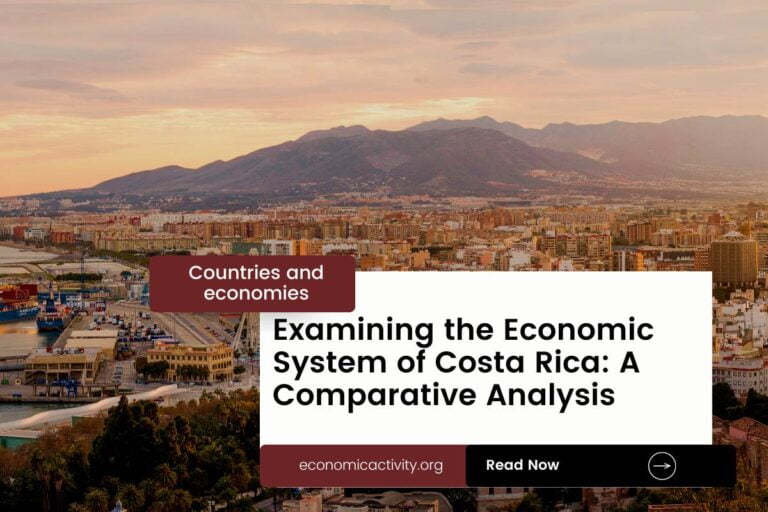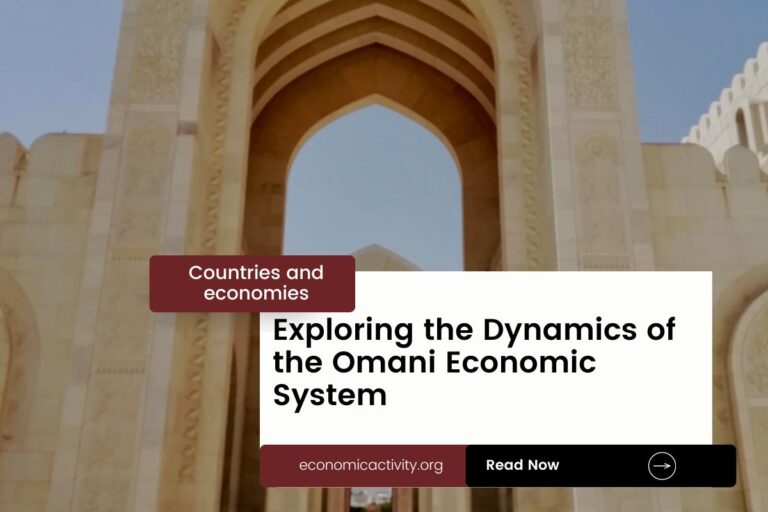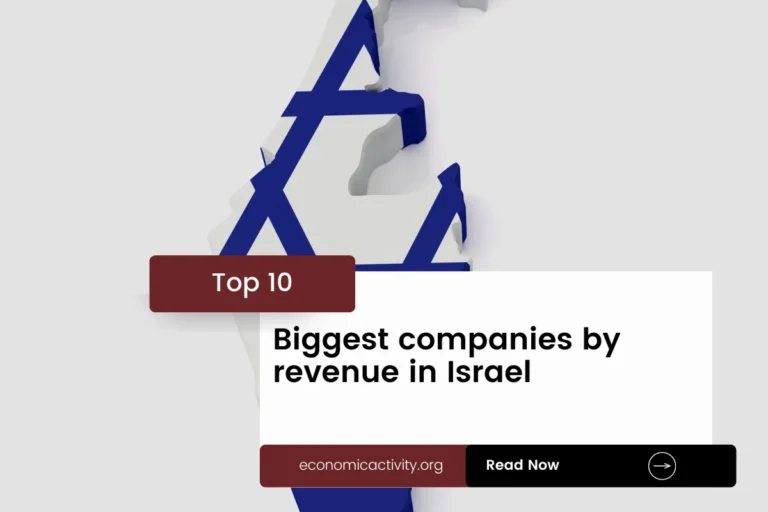Liberia, with a population of 5,302,681, is ranked 115th in the world, just behind Norway. Located in West Africa, it covers 111,370 square kilometers, ranking 98th globally, slightly smaller than Honduras.
Liberia’s economic position in 2022 reflects a GDP of $4,001,046,970, ranking it at 158 globally, trailing behind Sierra Leone with a GDP of $4,094,563,859.43. The GDP per capita for Liberia in 2022 stands at $754.53, placing it at 174 worldwide, falling short of Guinea-Bissau with a GDP per capita of $775.83.
Despite facing challenges, Liberia continues to strive for economic growth and development, with potential for further advancement in the coming years.
What are the economic activities of Liberia?
- Primary activities: 34% of GDP.
- Secondary activities: 13.8% of GDP.
- Tertiary activities: 52.2% of GDP.

Primary Sector of Liberia
Liberia’s primary sector, particularly agriculture, thrives due to its tropical climate and abundant natural resources. Agricultural land covers 19.97% of the country. The main products include cassava, rice, sugarcane, oil palm fruit, bananas, rubber, vegetables, plantains, taro, and maize.
Despite agriculture contributing 34% to the GDP, its significance lies in the diverse range of crops and animal products, showcasing the sector’s importance to the country’s economy.
With a rich geological diversity, the primary sector thrives in Liberia. Abundant in iron ore, timber, diamonds, gold, and hydropower, these resources drive the economy, creating jobs and revenue streams for the country.
Secondary Sector of Liberia
What is the secondary sector or what are secondary activities?
The secondary sector encompasses industries that transform raw materials from primary activities into finished products for consumption. In Liberia, the main industrial products include iron ore, gold, rubber processing, palm oil processing, and diamonds. These products are crucial for the country’s economy and contribute significantly to its exports and domestic consumption.
In 2023, Liberia’s total exports are dominated by raw materials like iron ore and rubber, making the contribution of manufactured goods relatively insignificant.
Tertiary sector of Liberia
What is the tertiary sector or what are tertiary activities?
The tertiary sector in Liberia encompasses services that enhance productivity and address needs through intangible offerings like knowledge and time. Key activities include healthcare, education, banking, communication, tourism, and transportation. These sectors play a crucial role in driving economic growth and development in the country.
Of particular importance, Liberia’s economy heavily relies on tourism, contributing significantly to its GDP. With over 120,000 annual tourist arrivals, Liberia’s pristine beaches, such as the renowned Robertsport Beach and the lush Sapo National Park, attract visitors worldwide, boosting local businesses and employment opportunities.
Another example of tertiary economic activity is the mobile cellular sector, with approximately 1.7 million subscriptions, supporting technological growth. This connectivity fosters innovation and enhances business operations across various industries.
Military Activities and Economic Sectors of Liberia
The military is a key example of how different economic activities work together. In Liberia, the primary sector provides resources needed for military use, while the secondary sector focuses on manufacturing equipment. The tertiary sector includes services offered by the military, such as training and logistics. The quaternary sector involves research and development for military technology, and the quinary sector deals with high-level decision-making and strategy.
In 2023, Liberia’s military expenditure was 37.2 million US dollars, which is 1.26% of the country’s GDP. The active military force consists of 2,010 personnel, resulting in 0.4 active military members for every 1,000 people in the country. This data shows how the military interacts with various economic sectors in Liberia.
International Trade of Liberia
Import Activities of Liberia

Liberia’s high import activities, accounting for 447.38% of GDP in 2023, play a crucial role in meeting domestic demand and driving economic growth.
Liberia’s key import activities include ships, refined petroleum, additive manufacturing machines, centrifuges, and rice. The country’s main import partners are China (42%), South Korea (23%), Japan (15%), Germany (5%), and Brazil (3%).
Exports Activities of Liberia

Liberia’s total exports in 2023 amounted to $1.96 billion, constituting 48.99% of its GDP. With export activities contributing to almost half of the GDP, they hold high importance in driving Liberia’s economic growth and stability.
Liberia’s export activities are diverse, with key partners including Switzerland, France, Germany, UK, and Poland. The country mainly exports gold, ships, iron ore, rubber, and refined petroleum.
Liberia economy challenges in 2024
In 2024, Liberia continues to face challenges with its low-income economy, food scarcity in rural areas, high poverty, and inflation. The country struggles with a growing government debt and a large informal economy. Despite being home to the longest continuously operated rubber plantation, Liberia’s economy remains fragile due to the recession caused by the Ebola crisis before COVID-19.




Leave a Reply